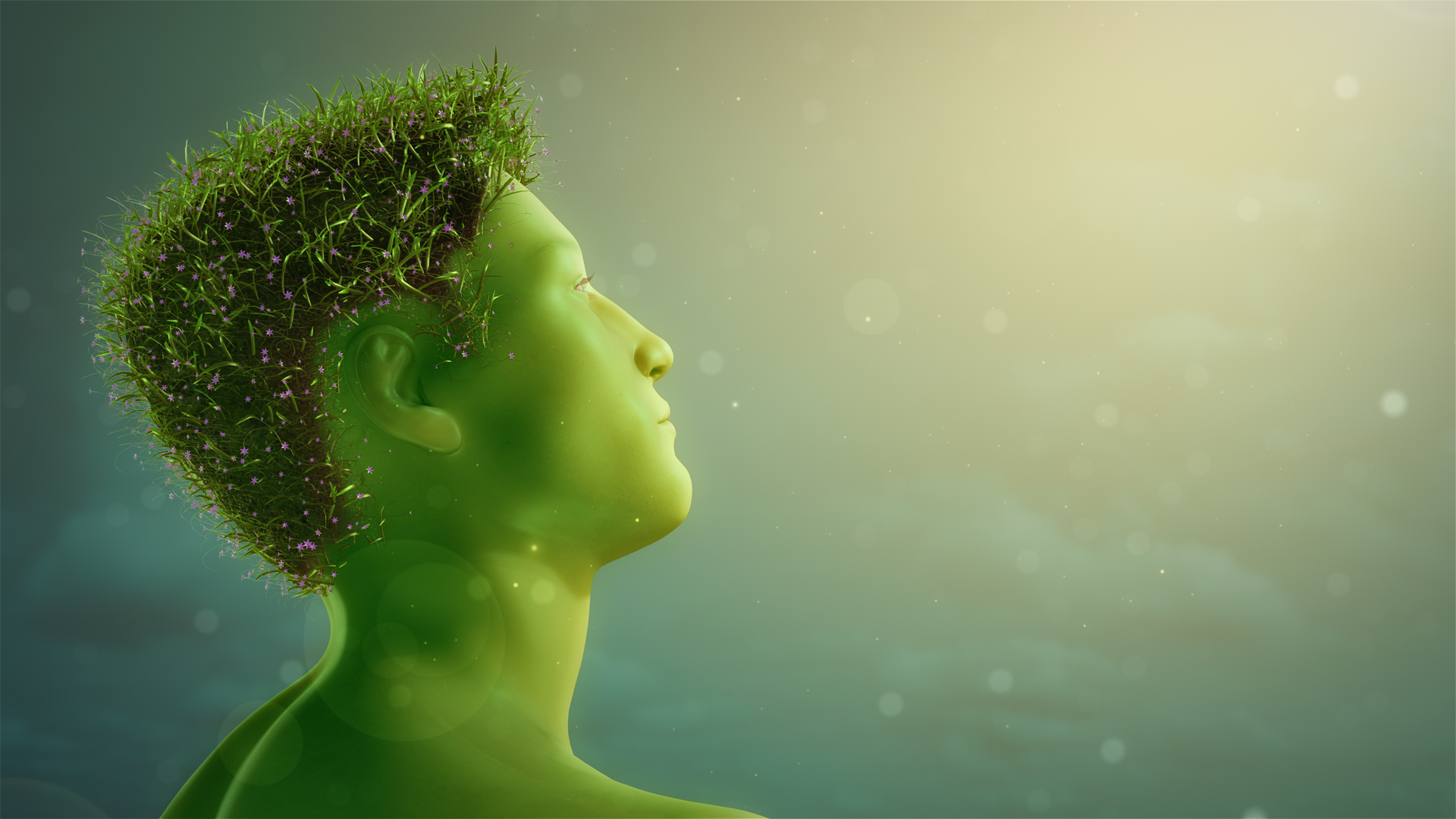We’ve heard of the pea aphid which charges up a solar-powered backpack using light-harvesting pigments called carotenoids, and the oriental hornet which utilizes xanthopterin pigment to convert light energy to electricity. Then there are corals that photosynthesize through symbiotic relationships. Likewise, the spotted salamander uses algae to solar-power its embryos as they develop inside eggs.
But neither of these creatures have the critical ability to independently turn light energy into chemical energy.
Elysia chlorotica, the brilliant green sea slug that looks and acts like a leaf, but is actually an animal, maintains its tinge by taking in algae and hijacking their photosynthetic genes. It’s the only known instance of a multicellular organism co-opting DNA from another.
Genetic expropriation
The uniqueness of solar-powered sea slugs has always been intriguing. They’ve figured out a way to photosynthesize entirely for themselves, by imbibing algal chloroplasts along the walls of their digestive tracts. This enables them to live for months on sheer sunlight. But exactly how slugs maintain their confusticated solar factories had been a mystery.
Recent findings from advanced imaging techniques have revealed that the slugs not only steal chloroplasts from algae, they swipe critical DNA blueprints as well. A gene from the alga V.litorea, that codes for an enzyme used for chloroplast repair, is confirmed to be present on E.chlorotica’s chromosome. It probably helps the slug maintain its sunlight machinery long after the algae have been devoured.
For human beings to photosynthesize, we’ll have to hack our cells to undergo a similar mechanism.

Do we really need it?
Of course, life would become easy if we are able to feed directly off the sun’s energy. The hours spent purchasing, preparing, and eating food could be redirected into something more productive. Over-exploited agricultural lands would revert to natural ecosystems. Rates of starvation, malnutrition, and foodborne illness would plummet. And if we could get chloroplasts into our skin, we may be able to stay underwater too! (Photosynthesis produces oxygen, in addition to sugar.)
However, a fully-grown tree only uses about 200 calories a day This is because it remains stationary, unlike humans who need to be on the toes throughout the day. Even if our skin was riddled with working chloroplasts, they would only manufacture a fraction of the nutrients we need to survive.
And the greatest trouble is the bandwidth. It takes a lot of surface area to capture enough sunlight to make a meal. On prolonged sun exposure, the leaves go paper thin and transparent, while humans, on the contrary, turn thick-skinned and dark.
Sugar or water: The mystery unveiled
If the energy source was glucose, wouldn’t the diabetic patients be flying?
But that isn’t true.
Turns out the real source of energy of the eukaryotic cell isn’t sugar, but water. Read on.
A plant without water will not hatch since the free chemical energy that is released with the breakdown of the water molecule is essential to boost consequential reactions which finally result in the fusion of carbon dioxide and water into glucose. This process cannot be replicated in the laboratory.
Melanin in humans is believed to be the central player in the act of photosynthesis. Its concentration is at the peak in man and is found in the brain's strategic, highly functional loci. Being a semiconductor of light, the photons concentrated by it have the potential to drive the photosynthetic process in the same way as they do in green plants.
Melanin vs Chlorophyll
Melanin is to the animal kingdom what chlorophyll is to the plant kingdom.
The intrinsic property of melanin to dissociate and reform the water molecule is the initiating step of photosynthesis carried out by chlorophyll in plants. The discovery of this property of melanin is, therefore, a breakthrough as it breaks the notion that humans cannot photosynthesize.
Infact, while chlorophyll dissociates water irreversibly and is able to do so by absorbing only the visible light, melanin absorbs the entire electromagnetic spectrum and is also capable of reshaping the split water molecule.
The Human Photosynthesis Study Center claims that one-third of the energy available to a human being is produced by melanin absorbing electromagnetic radiation and splitting water into hydrogen and oxygen to produce energy. If this claim turns out to be valid, it could have tremendous implications in our understanding of life processes, cellular processes, human health, and disease.*
A hedge against starvation
We humans may not be able to subsist entirely off the sun, but it doesn’t mean we cannot supplement our diets with a little solar snack every now and again. Photosynthesis could be potentially employed as a backup generator for times when food is scarce.
References:
- Sea Slug has Taken Genes from the Algae it Eats, Allowing it to Photosynthesize Like a Plant, Study Reports.
- The role of human photosynthesis in predictive, preventive and personalized medicine
- Will we ever..Photosynthesise like plants?
- What If Humans Could Photosynthesize?
- Could Human Photosynthesis power the future?
Oatmeal-Diet: Friend or Foe ?
An oatmeal diet has become a weight-loss program in itself. It is associated with lowering cholesterol and keeps hunger at bay for hours, preventing the dreaded “snacking between meals”. Read More..








